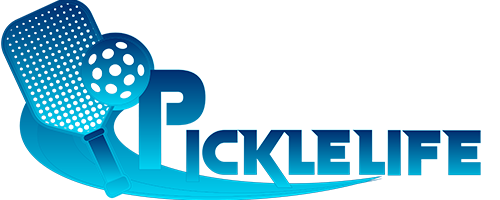Can You Serve Overhand in Pickleball? Is it Legal or Ilegal?
Pickleball has steadily gained popularity over the years, becoming a staple in communities across the globe. However, those who join the ranks of this engaging sport may find themselves grappling with its unique rules, especially concerning serving techniques. One of the foremost questions that often arises, particularly among players transitioning from tennis or other racket sports, is whether an overhand serve is permissible.
This seemingly simple question opens the door to a deeper understanding of the game’s regulations, emphasizing the core principles of fairness and accessibility that make pickleball so appealing. As we delve into the intricacies of serving in pickleball, we will explore the fundamental principles behind the rules, the consequences of deviating from them, and strategies both novice and experienced players can implement for success.
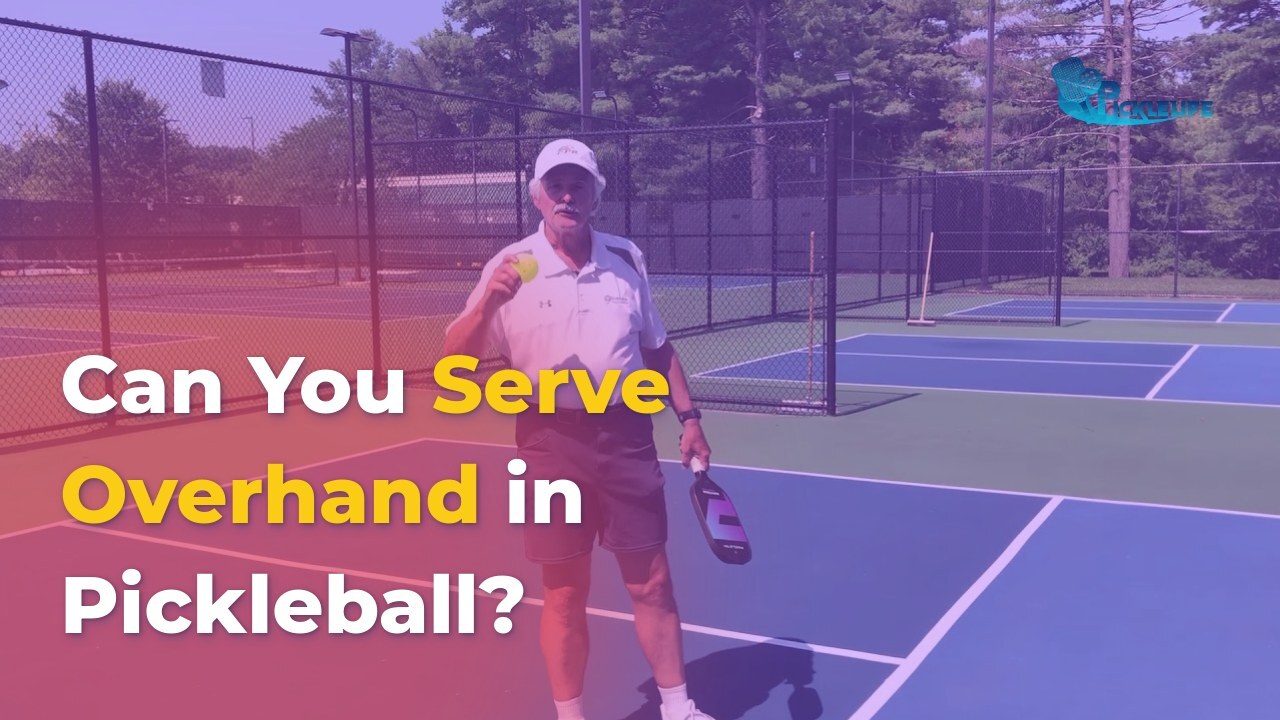
Can You Serve Overhand in Pickleball?
The world of pickleball is governed by a set of rules that underscore its commitment to fair play. At the heart of these regulations lies the delineation that all serves must be underhand. Essentially, this means that the paddle must contact the ball below the waist, a stark departure from sports like tennis, where overhand serving is not just allowed but celebrated. This regulation is not just a trivial detail; it reflects a thoughtful approach to the game that favors players across all skill levels, ensuring that no single individual can overwhelm opponents simply through brute strength.
This distinction between serving techniques serves to create a level playing field. Players transitioning from other racket sports often encounter a stark shift in their serving style when they first pick up a pickleball paddle. In tennis, where the power of an overhand serve can dictate the tone of the match, pickleball emphasizes the importance of placement, technique, and strategy. Thus, an effective serve in pickleball relies not on raw power, but rather on finesse, control, and the ability to outsmart the opponent.
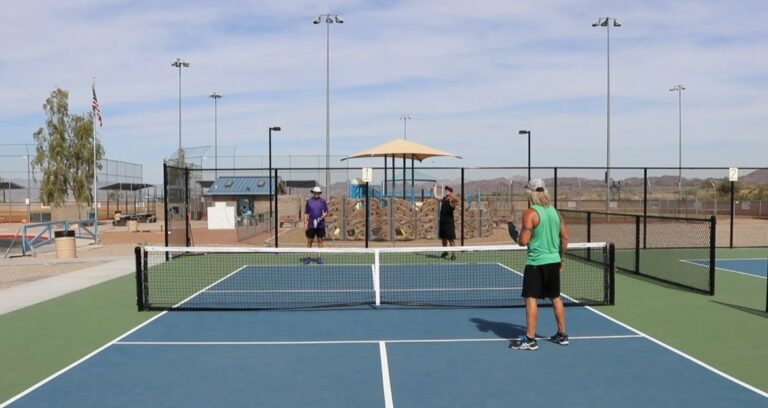
Adapting to these serving regulations can be a challenge for newcomers, particularly those enamored with the notion of smashing an overhand serve. However, embracing the underhand technique opens up a realm of possibilities. Players who focus on honing their underhand serve can incorporate elements such as spin and placement to keep their opponents guessing, transforming their serves into strategic weapons rather than merely being a means to start a point. The beauty of pickleball lies in its nuances, and understanding these foundational elements is integral to mastering the game.
The importance of the underhand serve
The underhand serve is not merely a requirement in pickleball but a critical component that defines gameplay. Mechanically, the serve demands a specific technique: the player must start with their paddle below the wrist at contact, ensuring the ball is struck with an upward arc. Adherence to this rule is essential, as the intention is to promote inclusivity among players of varying skill levels. This rule discourages overpowering serves that could potentially intimidate or disadvantage less experienced players, hence fostering a spirit of community.
Moreover, the underhand serve enhances the role of strategy in pickleball. By allowing for a broader range of tactical plays, players can position themselves to gain the upper hand in rallies. Instead of a player relying on the sheer power of an overhand serve, tactical placements and spins become integral to gameplay. For instance, hitting deep into the service court can push opponents back, leading to a weak return that the serving player can exploit.
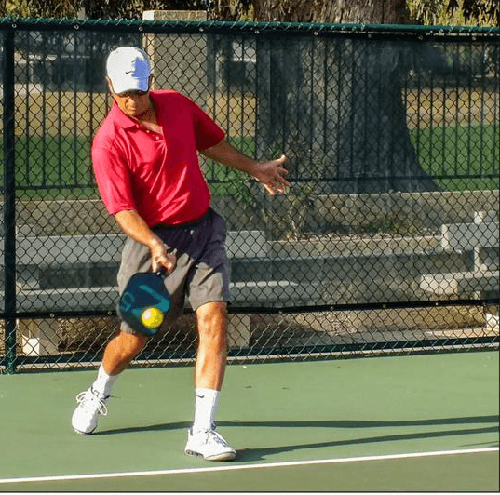
Consequences of an illegal serve
While grasping the underhand serve’s importance is crucial, it is equally imperative to understand the repercussions of failing to adhere to the rule. Committing a fault during serving can carry serious implications in both practice and competition. Players should be aware that executing an illegal serve may result in losing the serve, facing point penalties, or even disqualification from tournaments. These consequences serve as an essential reminder that the integrity of the game must be upheld.
Illegal serves can disrupt the rhythm and flow of play, leading to frustration not just for the server but also for their opponents and spectators. For instance, during a tense match, witnessing a serve be called back due to an improper technique can create a ripple effect of disappointment in the atmosphere. This highlights the importance of mastering the legal serve, not solely for compliance but for the enjoyment of the sport. In such a fast-paced and dynamic environment, players must align their skills with the game’s regulations to promote a seamless and enjoyable experience for all.
Mastering the legal underhand serve
As players embrace the underhand serve as a fundamental aspect of pickleball, they will want to focus on mastering its technique. Creating a solid foundation ensures that every serve not only adheres to the rules but also maximizes its potential to earn points. This section provides a step-by-step guide for beginners aiming to perfect their underhand serve.
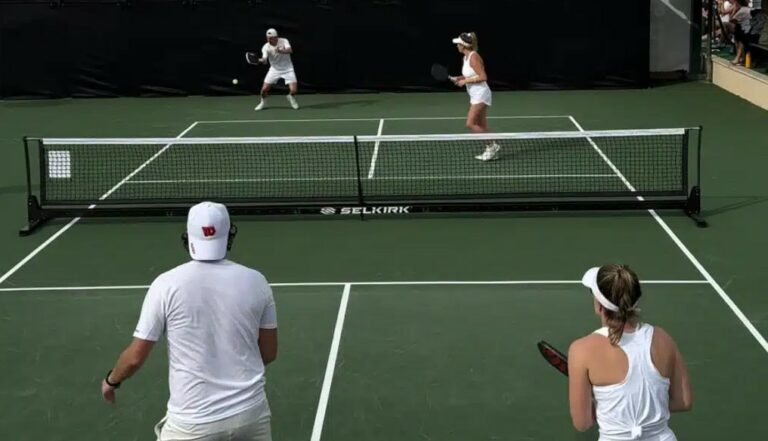
Step-by-step guide to the perfect underhand serve
- Stance: Begin with your feet shoulder-width apart, positioned parallel to the baseline to maintain balance. This not only supports stability, but it also helps generate the necessary power from your legs during the serve.
- Grip: Hold the paddle with a relaxed grip akin to shaking hands, ensuring that your fingers wrap around the handle while your thumb rests comfortably on the back. A grip that is too tight can lead to tension, negatively impacting your technique.
- Swing: The swing must begin from a low position, moving upwardly. As you bring the paddle forward, aim to keep the paddle face open. Aiming for a high finish allows for better control over the ball’s trajectory.
- Contact Point: It is essential to hit the ball slightly in front of your body with the center of the paddle, often referred to as the sweet spot. This ensures that the ball travels effectively towards the service court.
- Target: Aim for the service court diagonally opposite you while ensuring that your serve clears the net and the non-volley zone. Targeting specific areas can create challenges for your opponent, providing you with a tactical advantage.
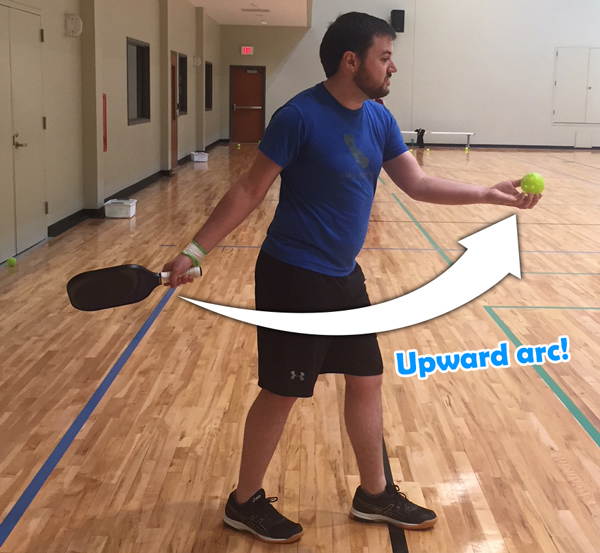
Common serving mistakes and how to fix them
Even as players strive to master the underhand serve, common mistakes can impede progress. Recognizing these pitfalls is vital to improvement:
- Foot Faults: One of the most frequent errors occurs when players step over the baseline prior to making contact with the ball. It is essential to remain behind the baseline until the ball is struck.
- Hitting Above the Waist: Incorrect contact points leading to an illegal serve can often stem from a lack of awareness regarding the waist’s positioning. To correct this, focus on your stance and ensure your paddle maintains the appropriate height throughout the serving motion.
- Overhitting: In an attempt to serve harder, players often prioritize power over control. To remedy this, emphasize placement over brute strength, aiming to hit a well-placed ball that leverages both accuracy and intent.
- Serving Into the Net or Out: Improper aim and technique often lead to serves that land in the net or beyond the court limits. Focused practice on targeted areas can enhance consistency.
Serving strategies for beginners
As players become adept at executing an underhand serve, understanding serving strategies can significantly enhance their performance in games. The serve is not merely a means to initiate play, but can be viewed as an attack a chance to assert control from the very start of a rally.
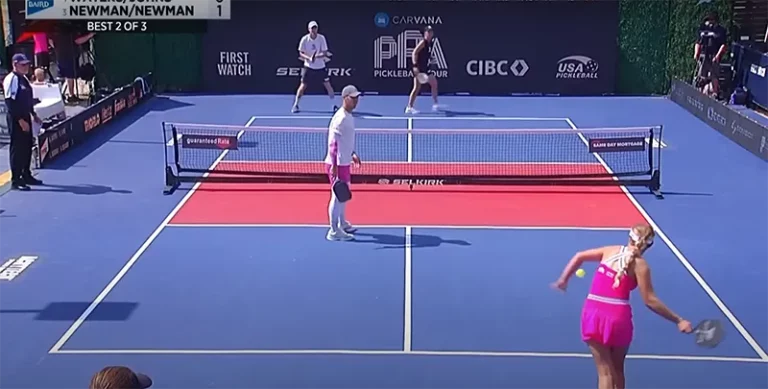
The serve as your first attack
An effective serve can dictate the pace and direction of play, placing pressure on the opponent right from the outset. Players should shift their mindset from simply getting the ball into play to using their serves as a strategic element of their offense. A well-placed serve can limit an opponent’s choices, often forcing them into making a weak return that paves the way for an advantageous rally.
By framing the serve as an opportunity, players can channel their focus towards executing more tactical serves. Those who view this phase of the game passionately are likely to score points through strategic depth rather than relying solely on traditional serving techniques.
Placement: Where to aim your serve
Targeting specific areas of the service court can create distinct advantages during gameplay. Players should aim to exploit their opponent’s weaknesses by observing their court positioning and attempting to capitalize on any gaps.
- Deep Serves: Directing the serve deep into the service court keeps opponents on their back foot, providing them less time to respond effectively.
- Targeting Weaknesses: Tailoring serves to an opponent’s specific weaknesses can significantly increase chances of winning points. Observational skills become invaluable as players analyze and adapt during matches.
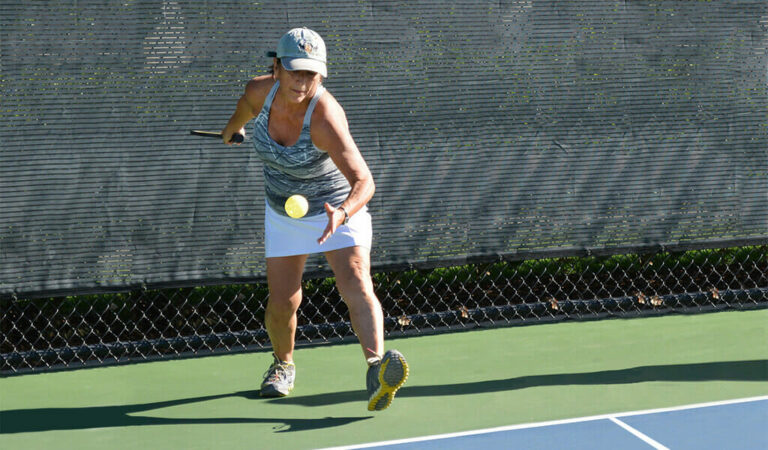
Types of serves: Mixing it up
Variety is the spice of life, and the same holds true for serves in pickleball. By incorporating different serve types into your game, you can keep your opponents guessing and off balance.
- Volley Serve: This technique entails contacting the ball before it bounces, which can create unpredictable dynamics in the match.
- Drop Serve: Allowing the ball to bounce before hitting it can be advantageous if used strategically, particularly for catching an opponent by surprise.
Employing both serve types allows players to harness unpredictability, creating complexity in their gameplay that can frustrate opponents.
Beyond the basics: Building your serving skills
Even as players build their foundational skillset in serving, continuous improvement is vital for success in pickleball. This entails practicing effective drills regularly and developing a strong mental game to enhance performance under pressure.
Practice drills for consistency and accuracy
Establishing a regimented practice schedule that focuses on specific serving drills can provide players with the tools needed to refine their techniques. Some effective drills include:
- Target Practice: Set up targets in different areas of the service court and aim to land your serves within them. This will enhance your accuracy and serve confidence.
- Repetition: Constantly practicing the same serves builds muscle memory, allowing you to execute with greater fluidity once in competition.
The mental game: Staying focused under pressure
In addition to honing technical skills, cultivating a strong mental game is equally important. Preparation is pivotal, allowing players to find comfort before serving a crucial component in maintaining composure amidst the pressure of competition.
- Developing a Pre-Serve Routine: Establishing a routine that allows players to relax and focus before each serve can create a mindset conducive to success.
- Managing Nerves: Techniques for calming the nerves and maintaining focus such as deep breathing can help players maintain composure, particularly in high-stakes situations.
- Visualization: Using the power of positive visualization can greatly benefit serving performance. Imagining a successful serve can cement a player’s confidence leading up to the actual hit.
Resources for further learning
As the journey of mastering pickleball continues, players can benefit greatly from the multitude of resources currently available. This section outlines various avenues for enhancing their gameplay and seeking guidance.
USA pickleball
The official website for USA Pickleball offers players an extensive array of resources, including rule updates, tournament information, and detailed instructional materials for all levels. Joining the community allows players to connect with others who share their passion.
Pickleball instructional videos
Platforms such as YouTube house an abundance of videos featuring expert demonstrations on serving techniques and tactics. Observing professional players in action can provide valuable insights that players can incorporate into their personal gameplay.
Local pickleball clubs and communities
Engaging with local clubs and communities not only enhances practical skills but also creates opportunities for social interaction with fellow players. Participating in clinics or seeking coaching can lead to meaningful improvement and development.
In conclusion, while the allure of an overhand serve may tempt players from other sports, understanding and embracing the underhand serve is essential for success in pickleball. This examination has highlighted the importance of mastering the rules, honing technique, and employing strategic serving practices. By embracing the unique aspects of pickleball serving principles, players can not only elevate their skill levels but also cultivate a profound appreciation for the sport a dynamic experience rooted in community, strategy, and joy.
